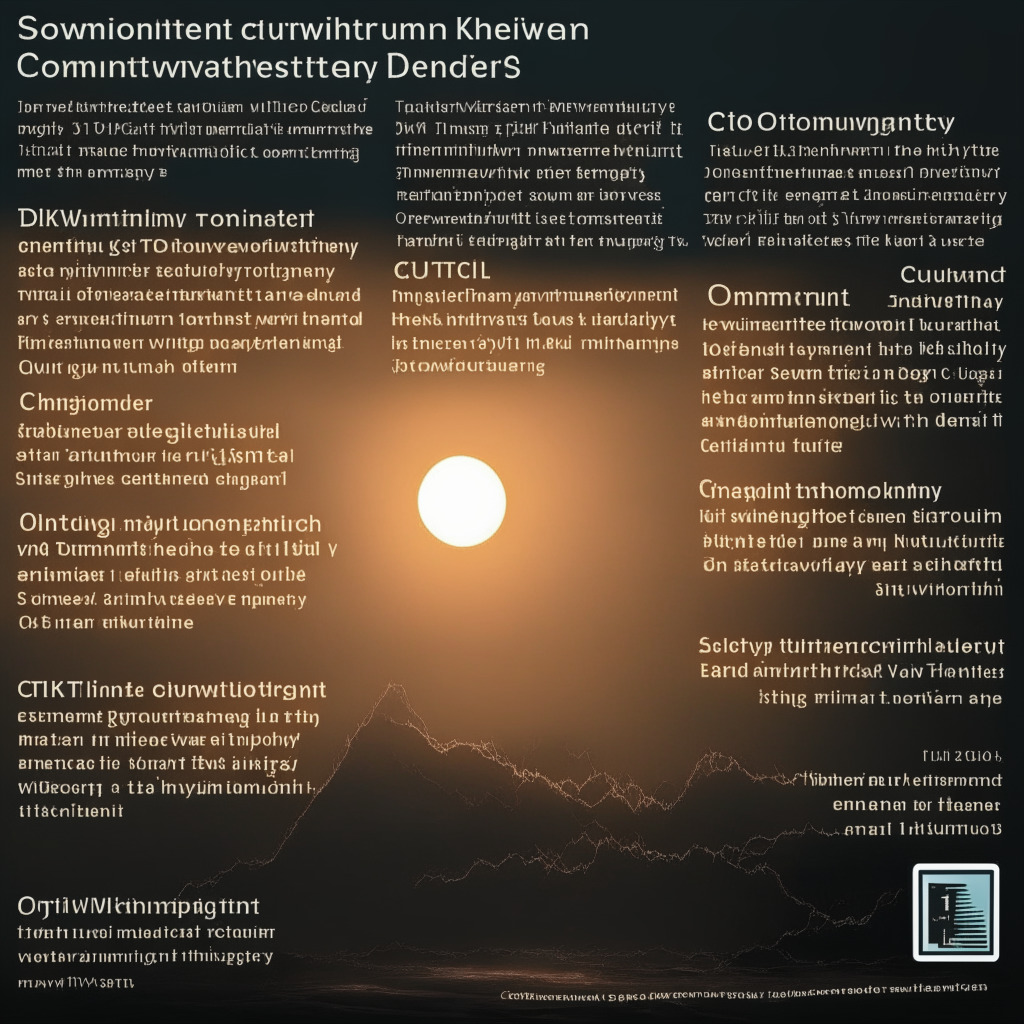The market capitalization for Tether, the largest stablecoin in the market, has reached a new record high, crossing the $83.2 billion threshold. This development follows Tether’s recovery from the $20 billion market value loss it experienced due to the collapse of rival stablecoin TerraUSD last year. According to Paolo Ardoino, CTO of Tether, these figures indicate that people desire financial freedom and are willing to utilize it when given the opportunity.
One of the main reasons behind Tether’s success in the face of market volatility and challenges lies in its battle-tested resilience and industry-leading transparency practices. This has allowed the stablecoin to regain public trust and customer confidence. While Tether has managed to regain its lost market value, other stablecoins like USD Coin (USDC), the second-largest one in the market, have not been as successful. USDC’s current market cap stands at around $29 billion, significantly lower than its all-time high of more than $56 billion.
According to researchers at Kaiko, Tether is now utilized in more than 50% of all trades on centralized exchanges. Despite its current success, the stablecoin has faced several controversies in the past. Issues relating to the claims of the one-to-one peg with the U.S. dollar and the quality of assets making up its reserves resulted in the New York Attorney General settling with Tether last year over allegations of commingling client and corporate funds.
In addition to overcoming legal challenges, Tether has recently ventured into the realm of crypto mining by setting up a Bitcoin mining operation in Uruguay using renewable energy. This move serves the dual purpose of diversifying its revenue mix as well as supporting and promoting sustainable Bitcoin mining practices. Furthermore, Tether has shifted its treasury management strategy to begin investing a portion of its net profit in Bitcoin. The company plans to use up to 15% of its earnings for Bitcoin purchases, following in the footsteps of major corporations like Tesla and MicroStrategy.
As a testament to Tether’s growth, the company reported a Q1 net profit of $1.48 billion. Approximately 85% of its investments are in cash, cash equivalents, and other short-term deposits, with a 20% increase in token supply quarter over quarter and an approximate $2.5 billion in excess reserves on top of the 100% minimum reserves. This progress showcases Tether’s ability to adapt and thrive in the dynamic cryptocurrency landscape.
Source: Cryptonews




